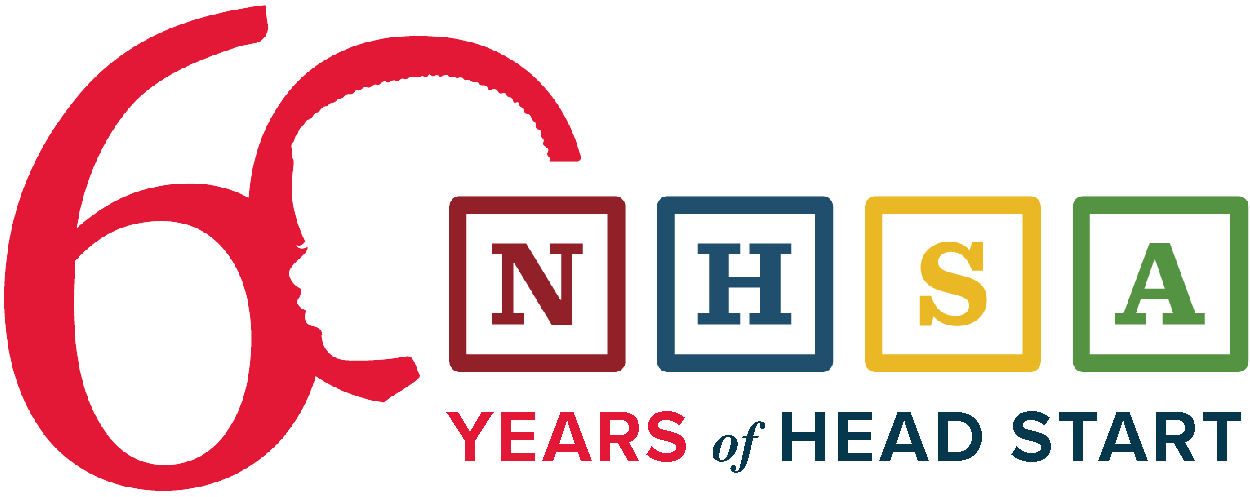Over the last 10-15 years, there have been a handful of government shutdowns. Usually, these shutdowns don’t last more than a few days, and the impact on Head Start is minimal. The longest shutdown in U.S. history lasted for 35 days in 2018-2019 following a dispute between President Donald Trump and Congress around the wall being constructed on the U.S.-Mexico border.
Why Government Shutdowns Happen
Under current law, federal agencies cannot spend or obligate any money without an appropriation (or other approval) from Congress. When Congress fails to enact the annual appropriation bills, federal agencies must cease all non-essential functions until Congress acts. This is known as a government shutdown. A government shutdown also means that Congress and the president aren’t able to come to an agreement on federal funding levels before funding expires. Because there is a gap in funding that has been approved by Congress, the government shuts down until Congress and the president agree to a deal to provide funding for government services.
If Congress enacts some but not all of the 12 appropriations bills, only agencies without appropriations have to shut down; this is known as a partial shutdown.
A continuing resolution or a CR is a funding bill that extends a prior year’s funding for a specific period of time. Generally, CRs are short-term and last from a few days to a few months, but sometimes Congress will pass a full-year CR, which means that funding is flat for the entire government for that fiscal year.
Of course, shutdowns are not one and the same, and we don’t yet know what a shutdown might look like under the Trump administration.
Potential Implications for Head Start
While the impact of a shutdown looks different across federal agencies and services, historically, there has been minimal impact on Head Start programs. A few examples of what has occurred in the past during extended shutdowns for Head Start include:
- Federal employees were placed on furlough throughout the shutdown, though they were paid back pay after the shutdown was resolved. This did not apply to Head Start staff, though, as Head Start staff are not federal employees.
- Agencies, such as the Office of Head Start (OHS), labeled a few staff as “essential” employees, meaning that they were responsible for working and making sure the basic functions of the office took place. The ‘essential’ employees list has never been shared and usually has only been a couple of individuals at the national office.
- Your login information may get locked out of Payment Management Services (PMS) because help may be delayed during a shutdown. Staff being placed on furlough may mean that meetings with program specialists and other OHS staff were canceled, and communication was ceased throughout the shutdown. Be sure to have your current and correct login information on hand to avoid that.
- Core systems, like the PMS and the Head Start Enterprise System, remained operational. There is only one instance that we know of where the PMS stopped working for a few agencies during a shutdown; however, that was quickly resolved after NHSA brought it to the attention of the White House.
- Monitoring and training and technical assistance (T/TA) have continued operating during shutdowns because they are conducted by government contractors, not by federal employees. Programs have typically not been able to reach or talk to their program specialists during that time.
The biggest impact of a shutdown has to do with grant recipients not receiving their notices of award. In the past, OHS has tried to get notices of grant awards to Head Start agencies with a fiscal year starting during a shutdown before the shutdown would take place. It appears as though OHS is trying to do exactly that this year for the April 1 grant recipients, as well as those recipients that had October or November start dates for their grant and need to receive their second 50% grant award to sustain them throughout the year.
Of course, this year is unique given the changes that President Trump and his administration have made to the normally reliable processes and procedures of the federal government. If a shutdown lasts longer than we’ve seen before, we could potentially see a deeper impact.
Steps Moving Forward
The best action you can take at this time is to stay in close contact with NHSA and your state/national association. The sooner you can share any issues you’re experiencing, the faster NHSA can put pressure in the right places to address those issues, be it through Congress, the White House, other federal agency staff, or the national press. Email us at shutdownsupport@nhsa.org.
While it is an uncertain and disruptive time, know that we have your back throughout it all!
